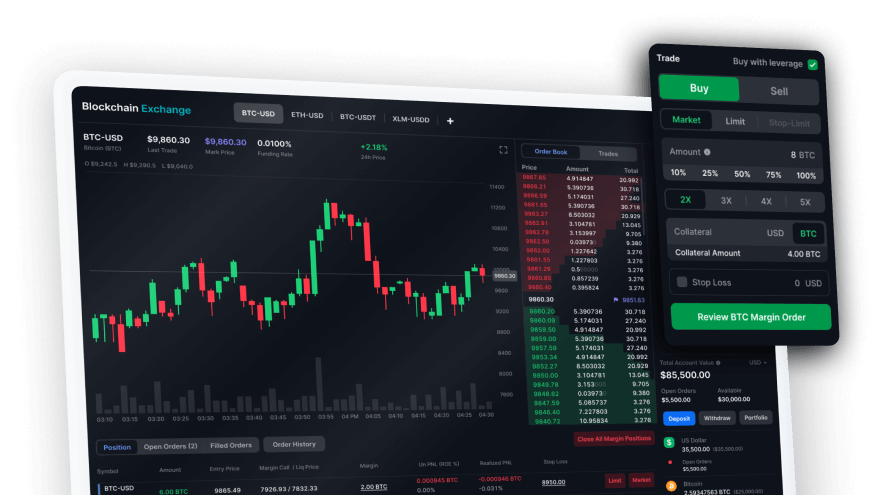KDA is Kadena's native token which is used to pay for computing power on the blockchain (i.e. the execution of smart contracts and transactions). KDA serves a function equivalent to that of gas on Ethereum. KDA is also used to reward miners for discovering the next valid block.












A brief history
The Kadena platform was founded in 2016 by Stuart Popejoy and Will Martino, who were leading JPMorgan’s Blockchain group and the SEC’s Cryptocurrency Steering Committee respectively. Kadena aims to provide blockchain solutions for enterprises and entrepreneurs, providing the security of Bitcoin, virtually free gas fees, and high throughput. Although many platforms are moving to Proof-of-stake mechanisms, Kadena uses Proof-of-work (PoW) on their blockchain. However, Kadena can avoid the typical slow transactions and a low throughput usually associated with PoW through a sharded PoW consensus method called the Chainweb. The Chainweb functions through a braided, parallelized consensus mechanism, a unique architecture that massively increases speeds while preserving the security of the PoW consensus. Kadena also features a novel smart contract language, called Pact. Pact is an open-source Turing-incomplete smart contract language designed to make smart contract language easy to learn and use.
KDA in practice
KDA is the main utility token of the Kadena network with multiple uses. First, KDA can be used to send value internationally. It’s also how users interact with each other and the platform’s services. Developers use KDA to pay for smart contract executions, while users may stake KDA and secure passive rewards. To qualify for this service, you must stake at least 1,000 KDA. Additionally, KDA functions similar to ETH when it comes to mining. Miners are compensated in KDA for mining blocks on the network. KDA is also the transaction fee that users pay to have their transactions included in a block. The total supply of KDA is 1 billion tokens, with 70% allocated to miners, 20% to the platform reserve, and the rest sold or reserved for investors and contributors.



































































































